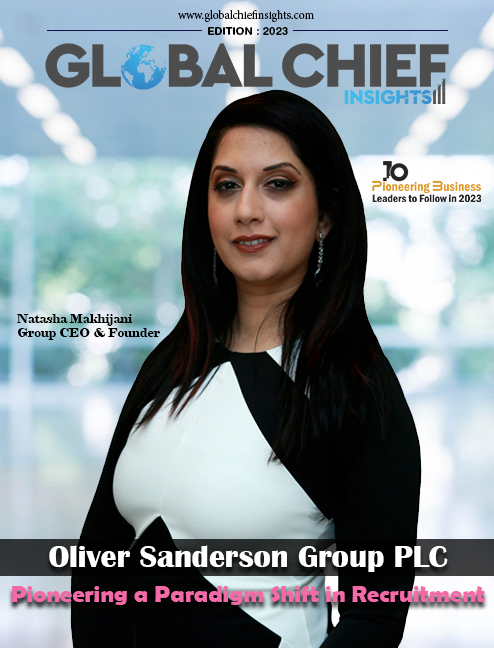In a groundbreaking move, MTN South Africa has entered into a multi-year partnership with Eseye, a global IoT connectivity solutions provider. This partnership is set to redefine the landscape of IoT (Internet of Things) connectivity in the African region.
This exciting collaboration promises to enhance capabilities. It will also introduce innovative solutions to MTN South Africa’s extensive customer base of 36.5 million subscribers.
A Strategic Alliance for Digital Transformation
The cornerstone of this partnership lies in MTN South Africa’s decision to adopt Eseye’s global eSIM and IoT platform solution.
This choice comes after an exhaustive and competitive tendering process, during which Eseye’s Integra IoT Platform for mobile operators emerged as the victor.
The primary objective of this strategic alliance is to propel MTN South Africa into a position of leadership as a digital platform within the African continent.
Lawrence Juku, Head of IoT Solutions at MTN Business, shared his vision for the collaboration, saying, “We aim to become Africa’s top digital platform by providing financial and digital solutions that boost economic growth for people and businesses of all sizes. Our strategic partnership with Eseye will enable us to offer a diverse range of IoT services, including connectivity, IoT bundles, and value-added services to meet our customers’ global IoT needs.”
Also Read, ABI Research: 220M NLC Units to Illuminate Smart Buildings by 2030
Empowering IoT Connectivity with Eseye’s Integra IoT Platform
Eseye’s Integra IoT Platform is poised to drive the next generation of MTN’s IoT connectivity solution. It will streamline the onboarding and connection of millions of IoT devices.
Beyond managing connectivity, MTN is gearing up to provide a spectrum of value-added IoT services through Eseye. This move aims to elevate its service portfolio.
The rollout of Eseye’s solution is scheduled to commence in South Africa. There are ambitious plans for expansion across 18 operating companies throughout Africa.
This expansion will empower each operating company to tailor the solution to meet its specific market demands. It will also allow for seamless integration with MTN’s existing infrastructure.
A Global Vision for IoT Connectivity
This partnership is not confined to the African continent alone. It positions MTN to support customers with new IoT device connections not only within Africa but also on an international scale.
This strategic move underscores MTN’s commitment to staying at the forefront of technological advancements. It also aims to ensure compliance with emerging standards and regulations in the ever-evolving IoT landscape.
Nick Earle, CEO of Eseye, expressed his enthusiasm for the agreement, stating, “We are proud to have received this multi-year agreement from MTN, which is a big deal for Eseye.
It shows that not only our technology but also our knowledge of IoT is top-notch. This agreement includes a complicated technical process, and we’ve already put in a lot of effort into getting the technical project started. We’ll keep working on it in the coming months.”
Also Read, EU Imposes $400 Million Antitrust Penalty on Intel in Ongoing Computer Chip Legal Battle
Reshaping the IoT Landscape
Eseye’s comprehensive IoT connectivity solutions, combined with MTN’s ambitious IoT goals, hold the promise of reshaping the IoT landscape. This transformation will not be limited to Africa but will extend beyond its borders.
This partnership signifies a significant stride toward creating a more connected future. It also aims to empower businesses and consumers across the African continent with digital capabilities.
“We’re delighted that MTN, one of our oldest partners, has trusted Eseye to provide a new global eSIM and IoT Platform. This will assist their customers in reaching their IoT goals. We’ve already started the work, and we’re looking forward to what the future brings,” Earle said.
The partnership between MTN South Africa and Eseye represents a pivotal moment in the evolution of IoT connectivity, promising to bring cutting-edge technology and innovative solutions to millions of users across Africa and the world.
Both companies, with their shared vision and commitment, are ready to lead the way in the continent’s digital transformation.






